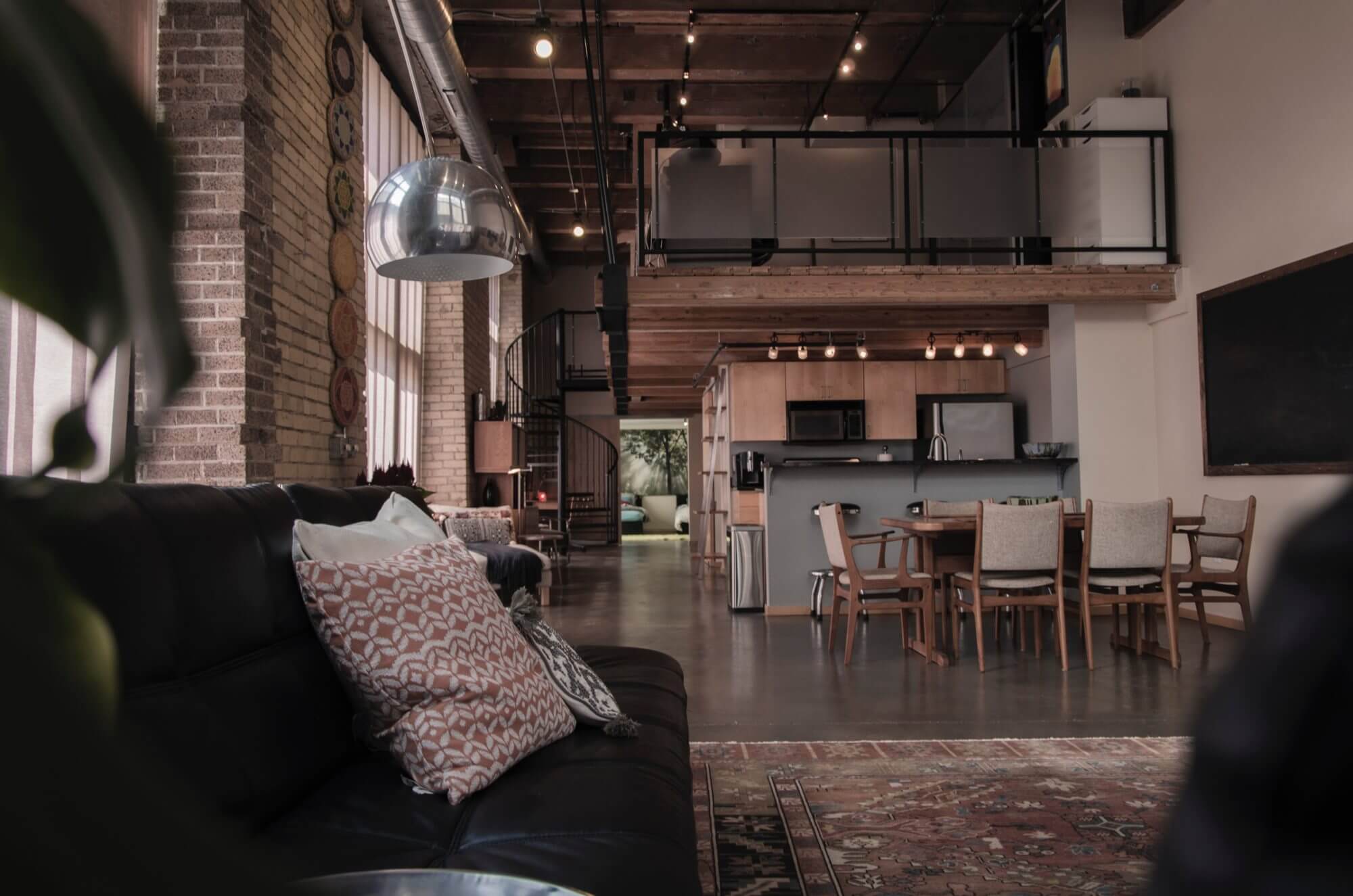Home Loans – Owner Occupied Loans and Investment Loans
When you start to compare home loans, it’s relatively easy to see some differences between owner-occupied loans and investment loans. The more obvious ones are the interest rate differences between variable rates and fixed rates and the way banks assess your loan application.
Whether you’re a first-time investor or home buyer, looking to add to your portfolio or a sophisticated property expert – we have you covered. We’ve developed strong relationships with over 60 lenders and have access to competitive rates not always disclosed to the general public. Our knowledge on all our lenders credit policy means your loan will be structured around your unique circumstances, presented to the most suitable bank for approval
Defining Owner Occupied Loans and Investment Loans
When you apply for a loan, the first thing you must consider is how you want to use it. Property loans vary depending on whether you plan to buy a home as an investment, or you plan to live in it. When you buy a property and plan to live in it, it’s an owner-occupied loan. Buying a property to rent it out to tenants or flip it, is an investment loan.
Some people decide to live in a home for a period (for tax benefits) and then rent it out after they move somewhere else. Other people purchase a property and lease it to tenants at first and plan to move in later.
If you own both an investment loan and owner-occupied loan, our mortgage and finance brokers have access to banks who offer loan products that offer ‘dual purpose’ loans. A single loan product with an owner-occupied loan interest rate for both your owner occupied and investment securities.
How to Obtain an Owner-Occupier Loan
When you first apply for an owner-occupier loan to buy your home, the bank will require information from you. You’ll have to supply information such as the property value, income evidence, your credit history, any assets/liabilities you may have and ownership proof such as the contract of sale or rates notice. They’ll look at these things and evaluate them against the amount you want to borrow and the type of loan you want.
A major factor determining the outcome of your loan is the valuation, the valuation is usually ordered upfront or upon conditional approval of your loan. The valuation of the property must be within the LVR (loan to value ratio) requirement of your loan for approval to be granted. For example, let’s say the maximum LVR allowed for a certain loan is 80% and you’re seeking a loan of $1,000,000, the property valuation must come in at least $1,250,000 to achieve 80% LVR. To work this out you simply divide the required loan ($1,000,000) by the value ($1,250,000) which gives you 80% expressed as a percentage.
Once you submit your application for a loan, the bank will want to discuss your options, eligibility and information they need from you. This is usually where your broker works their magic, dealing directly with the bank satisfying any conditions or requirements they have (if any) until unconditional approval is received.
How to Obtain an Investment Property Loan
The process is near the same as outlined above however slightly differs for an investment property loan. The projected amount you’ll get for rental income on the property is taken into consideration because it could allow you to cover the cost of your expenses and mortgage repayments. In turn, this will reduce your overall debt-to-income ratio, and this is a factor that’s important in the approval process. The lender will also want to see you have enough savings to cover any vacancy period and that your declared monthly expenses include investment property expenses which don’t affect your repayment ability.
Lenders also take negative gearing tax benefits into consideration, using the deductible benefit to assist with your borrowing power. Another major consideration when assessing the loan Is the property’s value and suburb demographics. You want to review vacancy rates for properties in the area, house price trends and the overall suburb profile. This will impact your property’s value when the valuation is complete. Similarly, with an owner occupied loan, standard supporting documents are required by the bank along with the valuation satisfying LVR requirements.
The Difference Between Owner Occupied Loans and Investment Loans
When you apply for a home loan to help you purchase or to refinance, the bank will have you specify which type of loan you need. Depending on which one you choose, this will determine your interest rate, product features available to you and the way the lender assesses your loan.
Out of the two types, you’ll typically pay more for an investment loan in the form of interest rates. Traditionally, investment loans have also required a higher deposits, however most banks recently have balanced out their loan books requiring a >20% deposit without incurring lenders mortgage insurance, on both owner occupied and investment purchases and <20% deposits which will incur lenders mortgage insurance (LMI) We do however have lenders who can lend up to 85% of the property value with no LMI and guarantor loans which lends 100% of the property value with no deposit needed.
There are several benefits that go along with each type of home loan. These benefits include but are not limited to:
Investment Loans
Tax Treatment
If you purchase an investment property and use it as an asset to produce income, the ATO will tax it. They also deduct any expenses you may incur. The investment property loan interest is a business expense, and you can deduct it from your income at tax time. The negative gearing benefits you attract (if any) can also be applied to your financial position, giving your more borrowing power when the banks assess your loan.
Borrowing Capacity
Most investment properties are used to seek tenants who will pay you rent to live in the property, this rent goes towards paying off your mortgage. Lenders accept this rental income in addition to your base income, increasing your borrowing capacity and making it easier to get your loan approved. However, lenders usually only accept 80% of the rental income to cover any vacancy periods or unexpected expenses.
Owner Occupied Loans
Eligibility Criteria
Owner-occupied loans have slightly less strict qualification criteria than investment loans. Considering you’ll be residing in the property, the lender views this as less risky as it is not rental reliant or impacted by the fluctuating rental market.
Interest Rates
Owner-occupied loans have lower interest rates making servicing the mortgage more affordable.
Before making your move, you should evaluate your options and compare rates with multiple lenders. Our brokers at Highline Lending have strong relationships with our panel of over 60 banks with access to competitive interest rates, often not advertised to the public. Additionally, you should assess the financial impact of different interest rates, terms and payment plans using a loan calculator (available on our website) so you can choose the option that best suits your economic situation and goals. Speak with one of our trusted brokers should you need assistance evaluating your choices.
Contact Our Office for Help With Owner Occupied Loans & Investment Loans
We bring years of experience to each client we work with, and we excel at helping find the best owner-occupied and investment loans for your needs. You can reach out and get in touch with our brokers to start the process. We’ll find the best rates with reputable lenders, walk you through the application process, and provide an easy streamlined process for approval.
Get in touch with us because we are always ready to provide you with our assistance!
Contact us on 02 8530 1107 or Submit your scenario online







